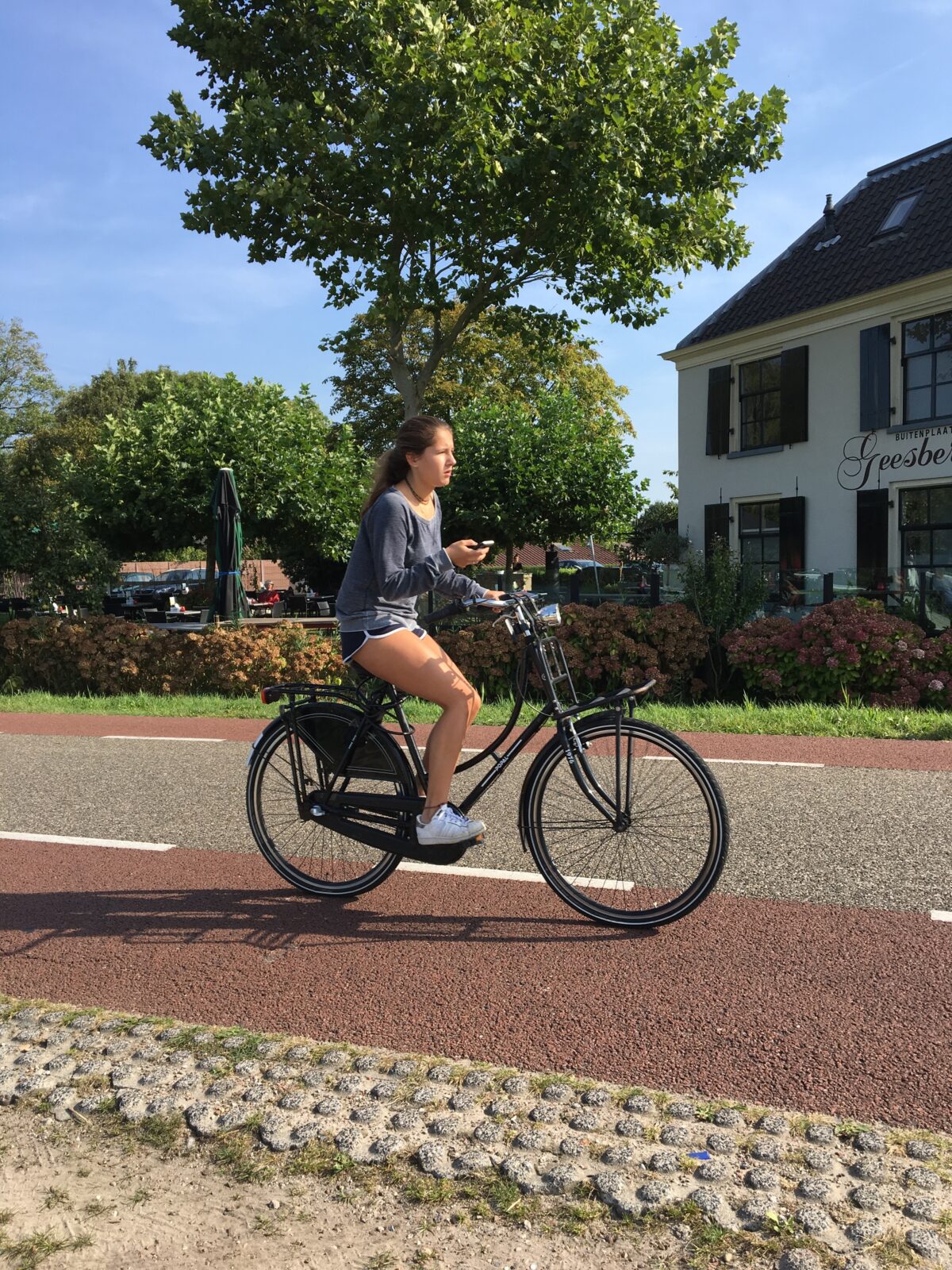
If you’ve already learned and practiced Dutch polite phrases and greetings with Dutch 1 For Travel, you’ll be ready to tackle the next 12 essentials.
These are words and phrases that’ll help you ask “Where is …?” questions – if you’re looking for the bathroom, a pharmacy, a bus stop, the subway or railway station, a bank, an ATM or a place to rent a bike.
You may also want to know if the person you’re talking with speaks French, German, Spanish, Italian, or English – that is, maybe one of the languages you speak as well.
The next 12 Dutch Phrases
Learn and Practice Tips
- Click the black arrow to hear the Dutch speaker.
- Click the red dot once to record yourself, click the black square to stop recording.
- When you click the black arrow again, you’ll hear the speaker and then yourself.
- Do it several times until you sound like the Dutch speaker.
- Then “Choose a Study Mode” and test yourself with one of the Quizlet games! (You may need to adjust your Options with the top right icon
 .)
.)
Dutch Pronunciation Tips
Taking examples from the list below: the Dutch “w” (as in “waar”) is pronounced more softly than an English “w”.
On the other hand, Dutch “v” is close to an English “f” – which you’ll hear in the phrase “het VVV-kantoor”.
Note: when “e” or “ee” are unstressed, they are pronounced “uh”. You’ll hear this in “de WC”, “de bushalte”, “de brug”, and in “een bank”, “een geldautomaat”, “een fiets”.
But when “ee” stressed, it sounds closer to “ay” (as in “day”). You’ll hear this in “apotheek”, “wanneer”, “spreekt u”.
Traveling in the Netherlands…
Because I have family in the Netherlands, we often go there.
Once there, we either rent a car at the airport or use the excellent train and bus system.
In European Travels 1: Rembrandt, Reunion, Dunes, and “Fietsen”… we talked about some of our experiences there.
“Fietsen” (to bike) is certainly a word you’ll hear a lot. For US residents both the number of helmet-less bike riders, and their agility to weave through traffic and pedestrian zones will be surprising!
In any case, when crossing a street, especially one-way streets, don’t just pay attention to the cars. Also look out for bikes, which can come at you from any direction!
In our first Dutch post with polite phrases and greetings, you’ll see our link to Dutch Canal Boating.
When you’re boating on a canal, the important question is: “When does the bridge open?”
Typically, there are signs close to a bridge that show you the hours of operation.
But whenever we happened to be walking past a bridge that we would pass later on with our boat, we would just ask the bridge keeper directly.
Major highways in the Netherlands and Belgium are well maintained and quite busy.
But once you’re in the countryside and on narrow roads in small towns, bike paths and car lanes often compete for space.
(On the picture above, the two-way car lane on a country road is sandwiched between two bike paths.)
“Waar is…?”-Questions Answered…
Asking “Waar is…?” questions could let the person you’re asking assume that you speak Dutch.
The result will often be an answer and a stream of Dutch words you may not understand.
It would therefore be good to know some basic directional words and phrases in Dutch – left, right, straight ahead, etc.
And while the Dutch are certainly one of the most English-speaking people in Europe, you’ll still find those who prefer to give you directions in Dutch.
Find 13 directional phrases in Dutch 3 For Travel.